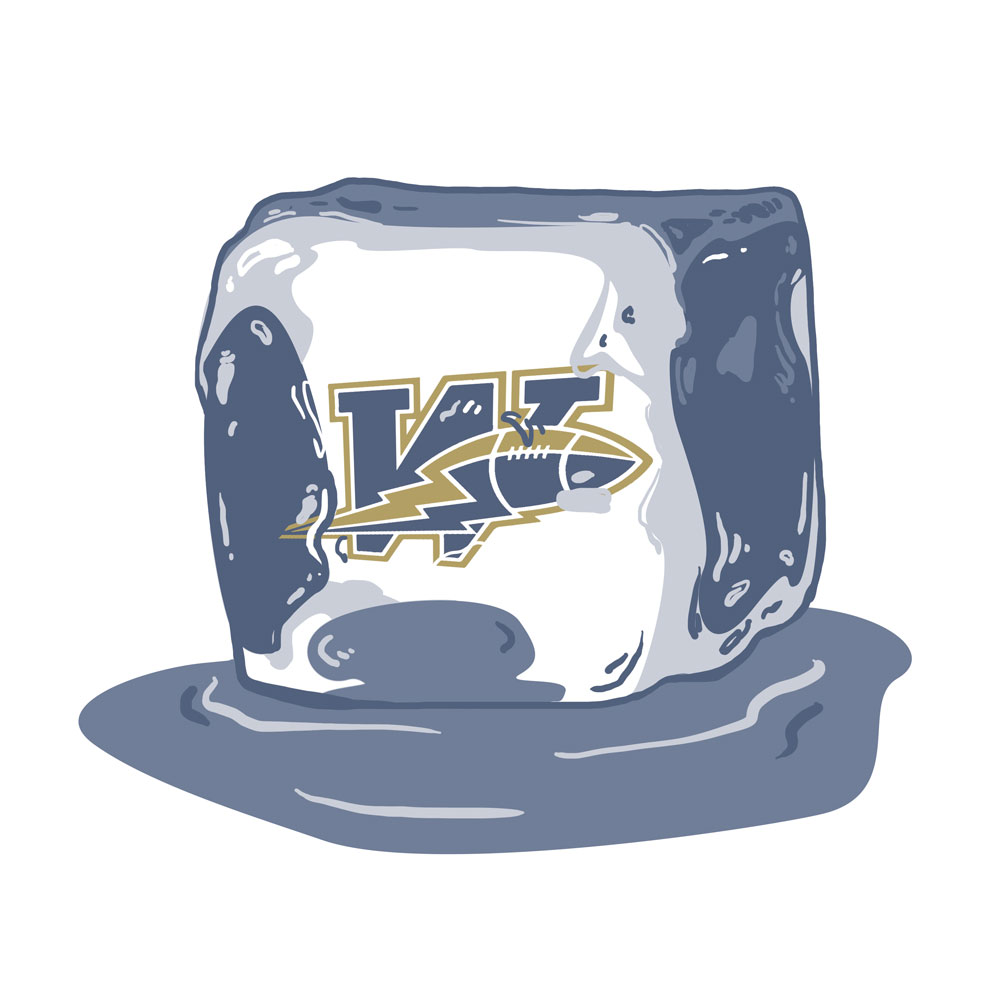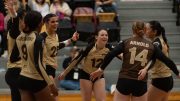At the beginning of the 2011 season, there wasn’t an unlikelier team to reach the Grey Cup than the Winnipeg Blue Bombers.
They finished the 2010 season in last place with a frustrating 4-14 record (losing nine games by four points or less) after losing their starting quarterback for the season with a dislocated elbow injury. Their only significant off-season player movement was the trading away of their dependable backup pivot for draft picks.
For most fans, staying put was an untenable option. It’s a good thing coach Paul LaPolice and general manager Joe Mack didn’t listen to those fans.
The Bombers of 2011 got off to one of their best starts in franchise history. Quarterback Buck Pierce, for the most part, stayed healthy, and the defence didn’t allow more than 21 points in each of their first seven games. As a result, they started the season with a 7-1 record. They were the best team in the first half of the season and, with the return of the Jets and the Goldeyes winning a division title, this may have been the best summer in the history of Winnipeg sport. Winnipeg had transformed into Swaggerville.
But, as soon as the new moniker was coined, adversity hit the team in a devastating manner.
On July 26, two days before their game against the BC Lions, defensive line coach Richard Harris collapsed in his office and died in hospital. The Bombers would rally to win that game, and the entire season would be played in his memory. One month later, former board chairman Ken Hildahl died of a heart attack.
As the calendar flipped to September, so turned the on-field fortunes of the Blue and Gold. They were beaten thoroughly by the Saskatchewan Roughriders in both the Labour Day Classic and the Banjo Bowl by a combined score of 72-30.
A rare win in Montreal raised Swaggerville’s spirits, but the low point of the year may have been a one-point loss to the Toronto Argonauts on Sept. 24, a game Winnipeg was expected to win. In that game, the Bombers lost seven players to injury, most notably quarterbacks Pierce and Alex Brink, and tailbacks Fred Reid and Carl Volny. Reid and Volny joined linebacker Joe Lobendahn, injured two weeks prior, on the list of injured players out for the season.
Swaggerville had become Staggerville. Their season mercurial, their future murky.
But, despite having only three wins in their last ten games of the season, the Bombers’ last win of the regular season was the most important. A victory at home against the Alouettes on Oct. 22 turned out to be enough to secure a bye to the East Final, the Bombers first such trip since 2001. By season’s end, the Bombers and Als were tied for first at 10-8, but the Bombers gained the advantage by winning two of three against Montreal.
In the East Final — the final game ever at Canad Inns Stadium in subzero temperatures — Winnipeg prevailed 19-3 over the Hamilton Tiger-Cats. Chris Garrett, who exceeded expectations as Reid’s replacement, had 190 yards rushing plus a touchdown to close the stadium and send the team to Vancouver for the Grey Cup.
Their Cinderella season would grind to a halt in the Grey Cup. The BC Lions’ home field advantage proved to be too much for a young Bomber team to overcome, as they lost 34-23.
Winnipeg’s road to the Grey Cup game was wrought with blockades and detours, but with them came pure emotion: pride, loss, and everything in between. To have a season like Winnipeg’s and succeed, that is just . . . unlikely.



